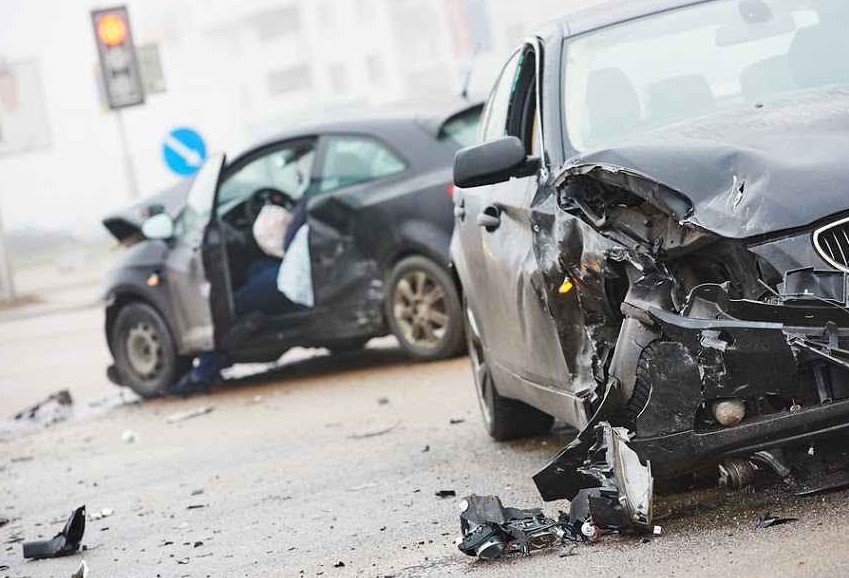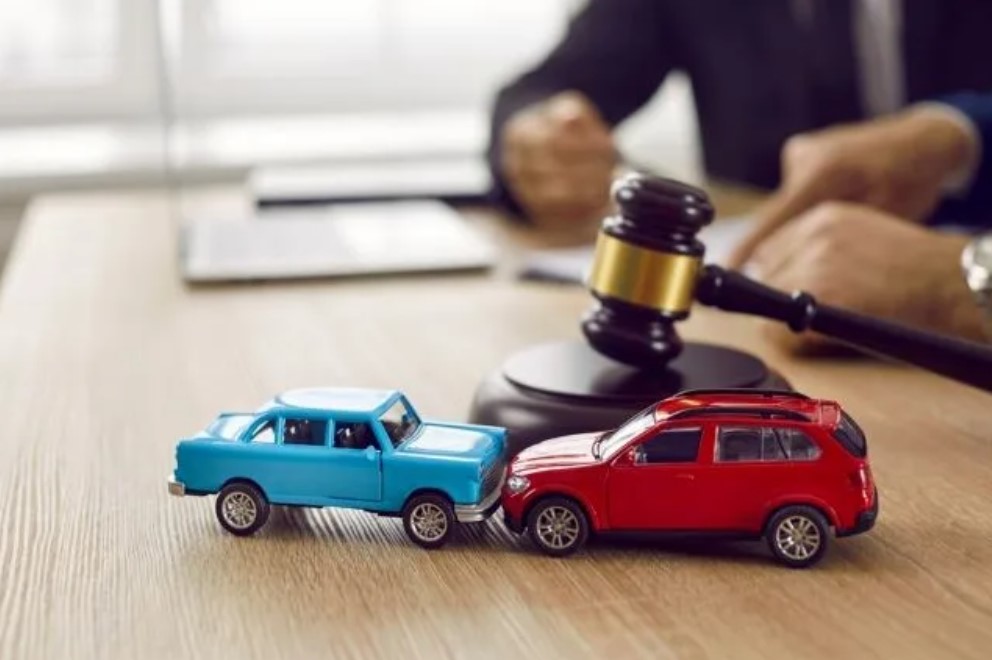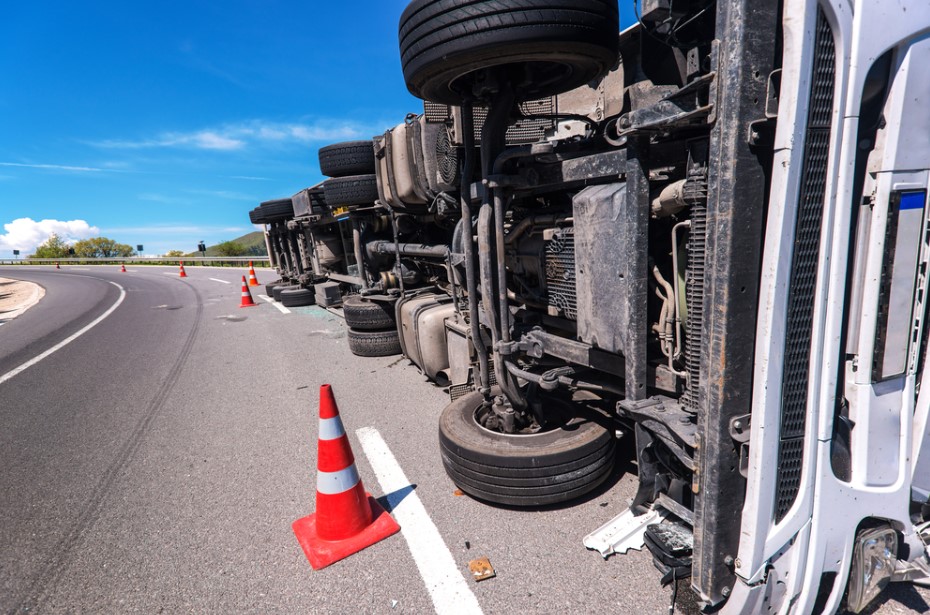
Vehicle collisions are not generally limited to one or two cars. Since there are so many vehicles on the road at any given time, multiple car accidents are not unusual. Some car accidents might be minor, but those occurring on highways or involving pedestrians can result in serious injuries or even death.
People injured in car accidents can sue for their losses in civil court. However, it can be difficult to determine who is at fault when multiple vehicles are involved. Proving negligence is complicated by whether your state adheres to no-fault or at-fault policies. You’ll need plenty of evidence to back up your claims. For those involved in multiple car accidents, this article will explain the process of pursuing a lawsuit.
Types of Multiple Car Accidents
Factors such as distracted driving or inclement weather can lead to multiple vehicle pileups. When many cars are involved in a collision, the three most common types include:
- Intersection accident: Multi-car accidents can occur if drivers run red lights, fail to yield the right of way, or otherwise disregard traffic laws at a junction.
- Rear-end collision: Chain-reaction accidents can occur when two vehicles collide and hit another in front, resulting in other cars being involved.
- Highway accident: More than ten automobiles can be involved in a multi-car pileup while traveling at high speeds with a huge number of other vehicles.
Steps to Take After a Multi-Vehicle Collision
After a collision involving more than one vehicle, it is critical to ensure the safety of everyone involved. Next, contact the authorities, get emergency medical treatment, and get in touch with a lawyer. Having a lawyer on your side can help you investigate the accident, collect evidence, and file a lawsuit against the party at fault.
Determining Negligence in a Multiple Car Accident
The motorist who neglected to exercise their duty of care to keep others safe, leading to the multi-vehicle accident, will most likely be held liable. Although it may appear evident who started a chain reaction, this isn’t always the case. To fairly judge all individuals involved in a multiple car pileup, investigators must investigate what transpired in great detail for each case.
Accidents involving many vehicles are notoriously complicated. In some cases, the fault lies completely with one driver, whereas in others, the culpability is shared by several. If numerous people are at blame in a collision, any of the at-fault parties can face legal action. For instance, if one vehicle swerved and another failed to respond in time to dodge it, two parties are to blame for the accident. In a chain reaction collision, the driver who struck the first car may be the only one to blame if they were distracted by a phone call and failed to notice the vehicles in front of them.
In other cases, third parties may be held accountable for multi-vehicle accidents that involve semi-trucks. Truck drivers and their employers might be held accountable for accidents caused by a driver’s carelessness, incorrectly loaded cargo, or a poorly maintained vehicle. However, whether you can file a lawsuit against someone in a multi-car collision is mostly determined by who was at fault and who violated traffic laws.
It is common for multi-vehicle accidents to involve multiple negligent parties; hence the idea of “contributory negligence” plays a significant role in litigation. An injured party can still get compensation even if they were somewhat to blame for the accident. For every percentage of fault assigned by a judge or jury, the given compensation will be lowered accordingly.
No-Fault and At-Fault States
It is possible to sue the at-fault driver in no-fault states for damage to property even though each driver’s insurance compensates for their injuries under personal injury protection (PIP). On the other hand, insurance covers the policyholder’s legal obligation to others for physical harm or property damage in at-fault states.
Conclusion
When more than one car is involved in an accident, the consequences might be disastrous. Determining who is at fault in multi-vehicle car accidents can be complicated and confusing. If you’re not sure who was responsible for the accident and you’ve been seriously injured, it’s a good idea to speak with a car accident lawyer. With their help, you can rest assured that you’ll receive the compensation you deserve and nothing less.






